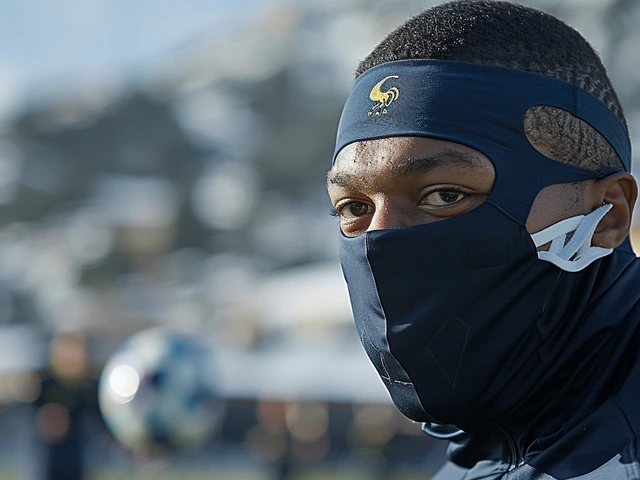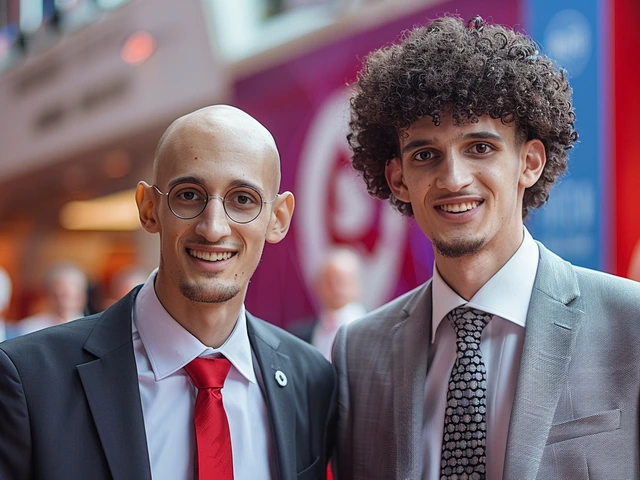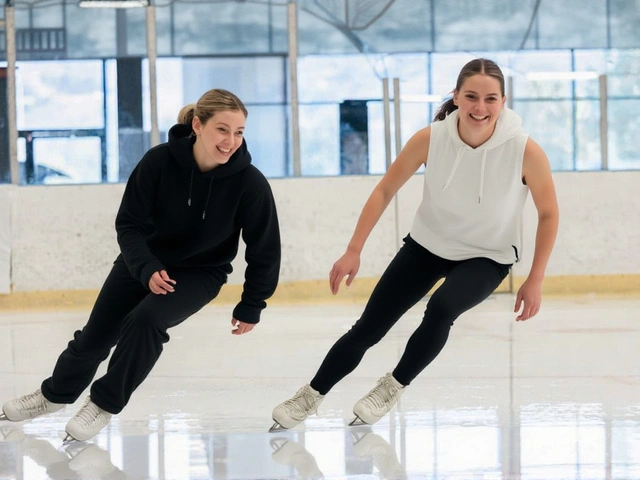Grooming Allegations: Understanding, Spotting, and Responding
Grooming allegations show up in headlines and everyday conversations, but many people still aren’t clear on what they really mean. In simple terms, grooming is when an adult builds a trusted relationship with a child or vulnerable person to exploit them later. It can happen online, at school, in sports clubs, or even within families. The goal is to lower the victim’s guard and make the abuse seem normal.
What counts as grooming?
Grooming isn’t just one action; it’s a pattern of behavior. It often starts with flattery, gifts, or secret conversations that feel special to the young person. The groomer may ask for photos, share inappropriate jokes, or gradually push boundaries that feel uncomfortable. If a trusted adult asks a child to keep secrets, especially about private topics, that’s a red flag. The real danger is the hidden agenda – the adult plans to exploit or abuse once the child is dependent on them.
Legal systems in many countries treat grooming as a criminal offense, even before any physical abuse happens. That’s because the manipulation itself can cause lasting harm. Courts look at the intent, the age gap, and the steps taken to gain control. News stories about grooming allegations often involve schools, sports teams, or online influencers because those settings give easy access to young people.
How to act when allegations surface
If you hear an allegation, the first step is to listen without judgment. Ask the person to share what happened in their own words and reassure them that you believe they’re being taken seriously. Don’t press for details you’re not comfortable hearing; let them decide what to share.
Next, report it to the right authorities. In most places that means contacting local police or a child protection hotline. Many countries have 24‑hour numbers you can call anonymously. If the allegation involves an institution like a school, inform the administration as well – they usually have a duty to report to child services.
While the investigation is underway, focus on the victim’s safety. This might mean changing their daily routine, restricting unsupervised online access, or arranging counseling. Professional support can help them process what happened and rebuild confidence.
Communities also play a role. Parents, teachers, and coaches should get basic training on spotting grooming signs. Simple steps like monitoring who kids spend time with, checking privacy settings on social media, and encouraging open talks about online safety can make a big difference.
For adults who work with young people, clear policies are essential. Written codes of conduct, supervised activities, and zero‑tolerance statements send a strong message that grooming won’t be tolerated. When a policy is breached, swift action protects everyone and shows that the organization takes the issue seriously.
Finally, stay informed. News about grooming allegations can be unsettling, but they also highlight where gaps exist in protection. By keeping up with legal updates and safety recommendations, you can help create safer spaces for kids and vulnerable adults.
Remember, grooming is about control, not love. Spotting the early signs, responding quickly, and supporting victims are the best ways to stop abuse before it escalates. Your vigilance could be the difference between a safe childhood and a life‑changing trauma.





